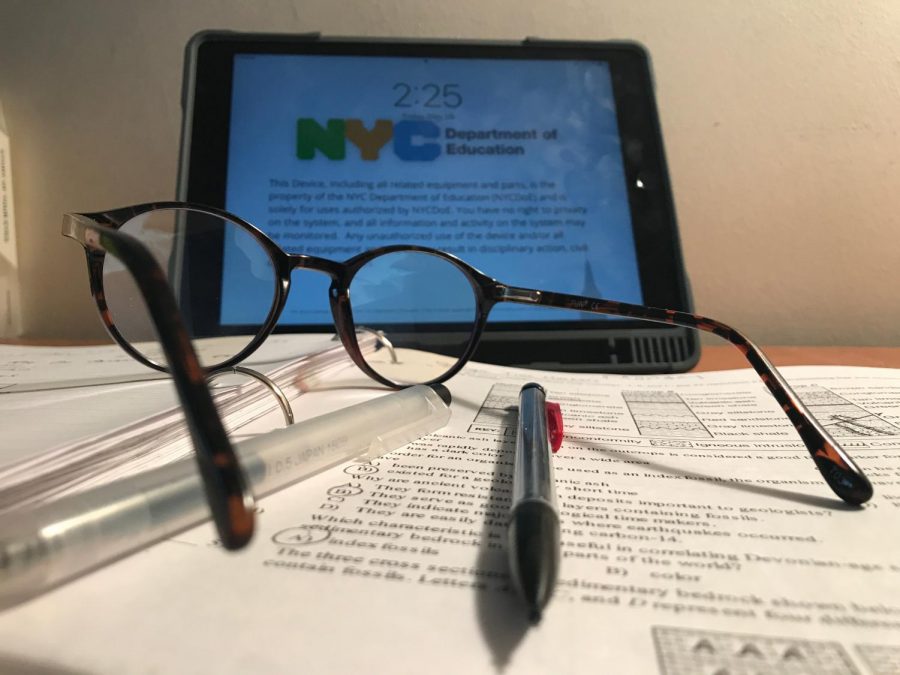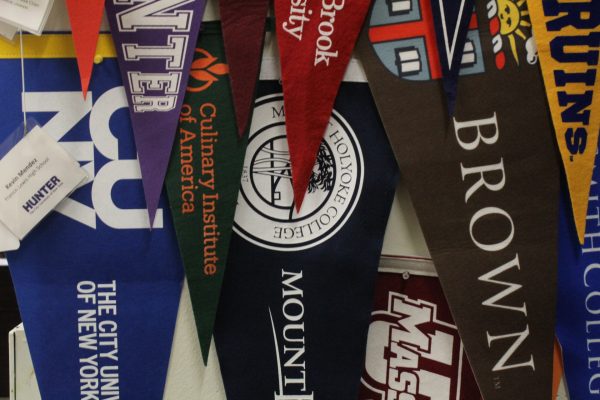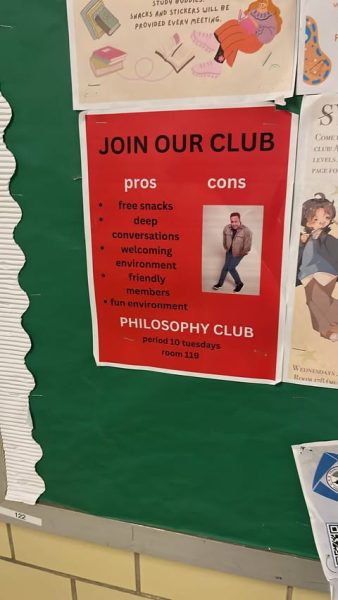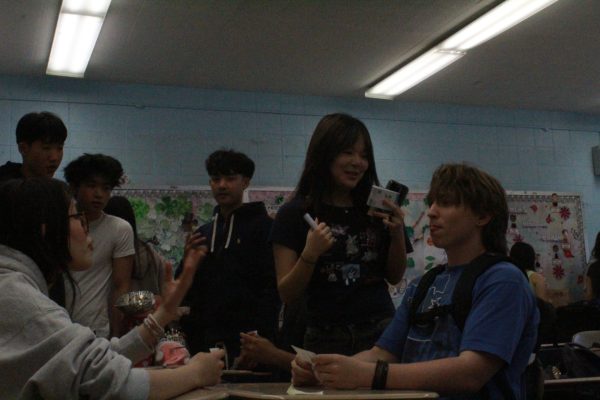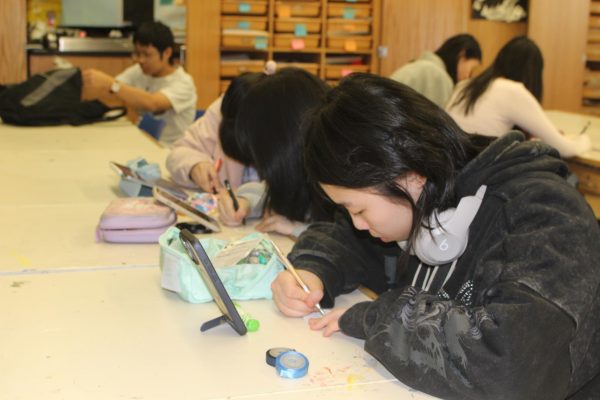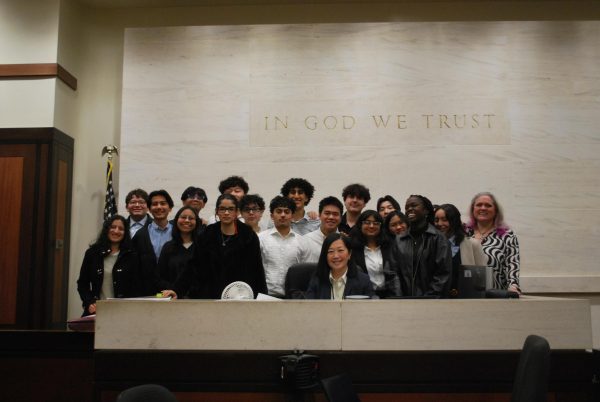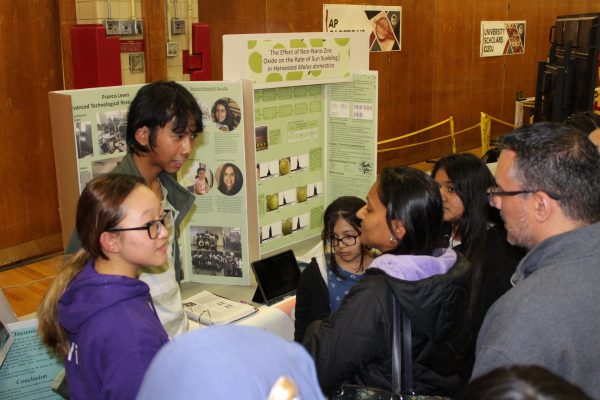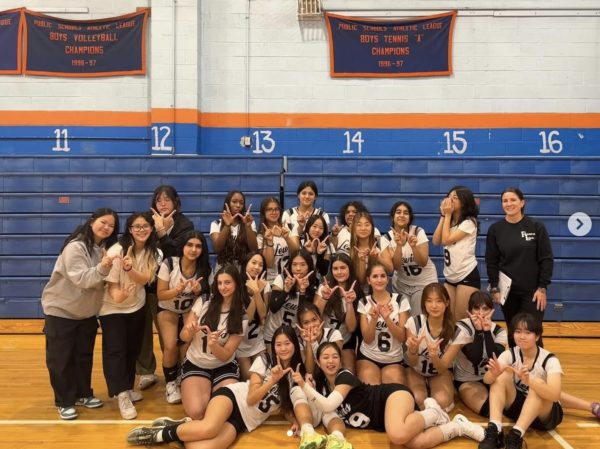NYC Public School Educators Share their Remote Learning Experience
Due to the recent outbreak of COVID-19, New York City Mayor Bill de Blasio closed all NYC public school buildings on March 15, moving all sources of education to online platforms. Undoubtedly, the sudden change would impact over one million students and over 70,000 teachers.
The Department of Education gave schools four school-days to prepare for the switch to remote learning, and the use of these days varied as each school had different methods of preparing their educators.
“Administration guided us with extremely thought-out conversations, directions and webinars and literally walked us through each facet of remote learning,” said Melissa Fadul, an AP Psychology and classical English literature teacher at Maspeth High School.
“I am very grateful for this guidance. I am also thankful that teachers in my school are trusted as much as possible to do what needs to be done. Errors are going to be made. That is understood because all of us stand by the school’s core values: truth, beauty and goodness. Bearing these core values in mind, we’re expected to teach with the resources we have been given. There’s also versatility right now within the curriculum. We want students to continue learning and thinking—sometimes that comes in different forms.”
Many public high schools throughout New York City worked diligently to support their teachers and students during this transition.
“I feel that our school did an amazing job to switch our school from face to face learning to virtual learning in a very short time,” said Mr. Ardis, an AP U.S. and global history teacher at Francis Lewis High School.
“Obviously, changes needed to be made quickly, but our administration tried to be as transparent as possible with every update they received and what they were still unsure of. Having this transparency allowed for a trust from everyone that they were continually doing the best they absolutely could with the information they had.”
Preparation for the immediate transition varied in method and intensity from school to school.
“My school had us come in to work the week of March 16 to train us on Google Classroom,” said Michelle Williams, a culinary arts teacher at William E. Grandy CTE High School. “Due to the fact that we had to distance ourselves, there was really no training. We really had to find out how to use Google Classroom by ourselves with the help of a few colleagues.”
Some schools throughout the city have been following a more vigorous schedule than others, both in training and online teaching.
“We spent 3 days at our school “prepping” for online teaching,” said Jennifer Stokes, a global history teacher and UFT representative at George Westinghouse CTE High School. “Day 1 was doing outreach to families. Day 2 and 3 learning Zoom and Google Classroom. We are expected to work from 8 am to 2:50 pm everyday. 9 am to 12:20 pm is direct live teaching in 25 minute periods following our bell schedule. We are expected to post work everyday due the following day. We also need to do family outreach and tutoring every day.”
Some teachers have faced challenges while switching to an online teaching and learning system.
“Online teaching comes with issues yet to be reconciled,” Ms. Fadul said. “In some ways, teachers and students must remain as scrupulous as ever when it comes to their work. If one is not technologically-savvy or can’t afford the technology, this can pose issues. Another apparent disparity between teaching online and teaching face-to-face is the lack of personal connection. I miss my students terribly.”
Lack of face-to-face interactions not only affects morale but poses an educational barrier as the communication process is delayed or eliminated all together.
“One of the best aspects of being a teacher are the social aspects of what a high school brings,” Mr. Ardis said. “Being able to provide help and assess in real time is also a vital aspect that is missing from teaching virtually. Now if a student has a question on content, or a document for example, it has to be fixed through an exchange of emails or comments through a learning management system, which slows the process down.”
Challenges in engaging students are fairly consistent throughout the city as there is no guarantee students will log into their respective platforms, but even more problems arise as not all students are able to learn the same way.
“It’s also hard to help struggling students without being in a room together,” Ms. Stokes said. “Students with IEPs also need different supports when accessing digital content, which can be challenging when we haven’t used tech like this before.”
Francis Lewis High School is not requiring teachers to teach via live classes/lessons, so the engagement struggles that Francis Lewis teachers face may be slightly different.
“Virtually, I cannot tell if students are taking the time to really read through a document, or if they are listening intently to a screencast that is posted,” Mr. Ardis said. “There really is nothing stopping a student from muting my voice on the screencast and just copying things down. I am sure some students wish they had that ability in person too, but I’d like to think that it’s more enjoyable to listen to content in person as opposed to the screencasts.”
George Westinghouse High School is a Career and Technical Education, or CTE, school which means students take a class that is more hands-on like culinary or electrical installation. The grading policies specific to George Westinghouse allow students to turn in schoolwork late with less of a penalty to encourage the completion of assignments. This nature of the school plays a vital role in the dynamic of online learning.
“Students can choose not to participate with no real penalties,” said Gary McNeal, an electrical teacher at Westinghouse. “[The] hands on component is eliminated, practical skills are weakened.”
Online teaching is not a new concept for the U.S. as there are learning programs designed to be online, as well as some colleges offering online courses, but the concept is new to the city’s high school education system.
“Online teaching may be ok for college and make up assignments for some individuals, but for high school/middle school students online teaching is not beneficial,” Mr. McNeal said.
There are many reasons for teachers to be unsatisfied with online teaching, given the constantly changing circumstances.
“Teaching online is tedious, annoying and impersonal,” Ms. Williams expressed. “It isn’t what I prefer but we have no choice, so you do what you can to make the best out of the situation.”
Although there are educators who share Ms. William’s sentiments, many are still grateful for what online teaching can preserve.
“I am so glad that we still get to teach and engage with the kids,” Ms. Stokes said. “I don’t like the barrier between us. I don’t feel like I am meeting their needs, but I am glad we still get to connect.”
Although the situation we are currently living in is difficult, there are still positive aspects of teaching to appreciate.
“I am thankful that my students still yearn to learn in a time like this,” Ms. Fadul said. “Their resilience and personal autonomy is what keeps me going. Ironically, this may be when some of them are strongest, when they let their innocence blossom through academics. That’s something even a virus can’t destroy.”



